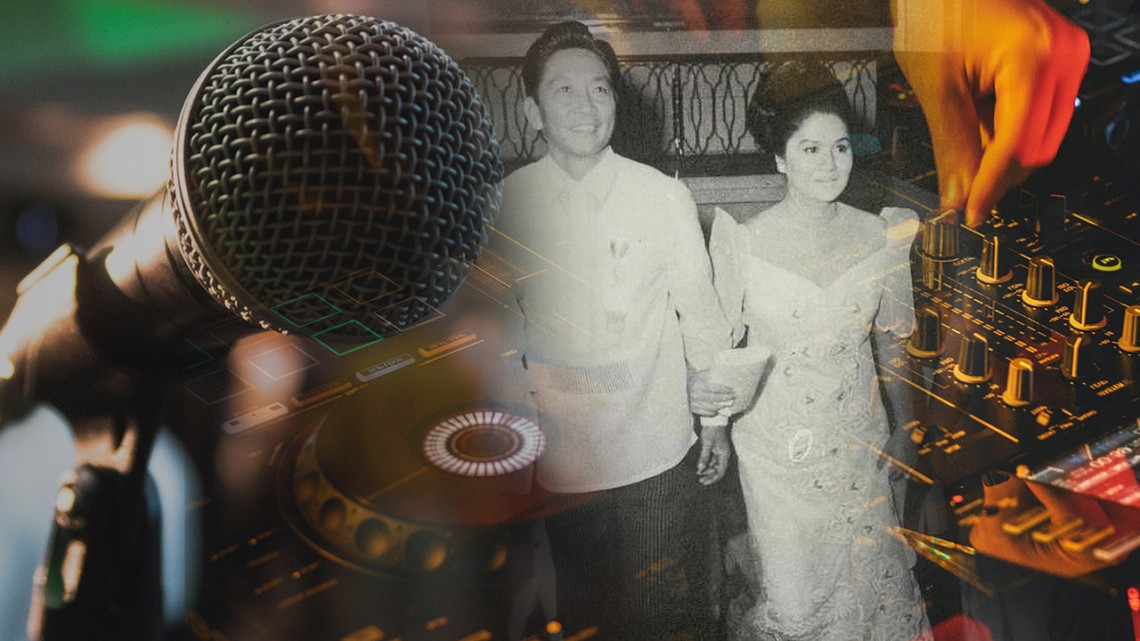
Ferdinand Marcos, who dominated Filipino politics from 1965–1986 and ushered in a period of authoritarian rule, ascends the main Malacañang Palace staircase with his wife, Imelda, at his second inaugural in 1969. The Marcos regime utilized the arts to further its political agenda, says Christina Bacareza Balance.
News directly from Cornell's colleges and centers
Research in Focus: Christine Bacareza Balance exposes misperceptions about Filipino art and culture
By Jackie Swift
Growing up as the child of Filipino immigrants in California, Christine Bacareza Balance, associate professor of performing and media arts and Asian American Studies in the College of Arts and Sciences, had no idea that the world of performing arts held a place for someone like her. “And then in my sophomore year in high school, the musical ‘Miss Saigon’ premiered on Broadway,” she remembers. “The original production starred [Filipino actress and singer] Lea Salonga. For the first time, I saw someone who was both a Filipino and a performer. That had a big impact on me.”
Balance’s burgeoning interest in the arts received another boost in college when she discovered Filipino American writer Jessica Hagedorn’s novel “Dogeaters,” which explores the social, political and cultural issues of Manila in the 1950s and 1980s. Around the same time, Balance joined a band singing and playing the accordion, and volunteered at Bindlestiff Studio, a community-based Filipino American theater in the San Francisco Bay Area.
“A lot of what we did at Bindlestiff focused on identity,” she says. “And we also looked at the history of the relationship between the United States and the Philippines, and the culture shaped by it. We explored how that allowed for the migration of Filipinos like our parents and how it had shaped a type of artistic sensibility for artists in the Philippines, as well as in the U.S.”
The Filipino American Music Scene
Balance’s firsthand knowledge of the Filipino American music scene informed her first book, “Tropical Renditions: Making Musical Scenes in Filipino America” (Duke University Press, 2016). The seed of the book was a chapter in her dissertation about Filipino American turntablists, DJs who create and manipulate sounds by using record players as musical instruments. “They were making weird experimental sounds and music in the late ’90s,” she says. “So, I started with them. There wasn’t much scholarly research about Filipino Americans and popular music. What did exist was often written by folks who were not in the field of performance or popular music studies, so they focused on the textual material, not the actual sound of the music or the aspects of a live performance versus recording.”
Balance questioned, in particular, the long-standing popular trope that Filipinos were simply mimicking American culture.
Read the full story on the College of Arts and Sciences website.
Jackie Swift is a freelance writer for the Office of the Vice President for Research and Innovation.
Media Contact
Get Cornell news delivered right to your inbox.
Subscribe
